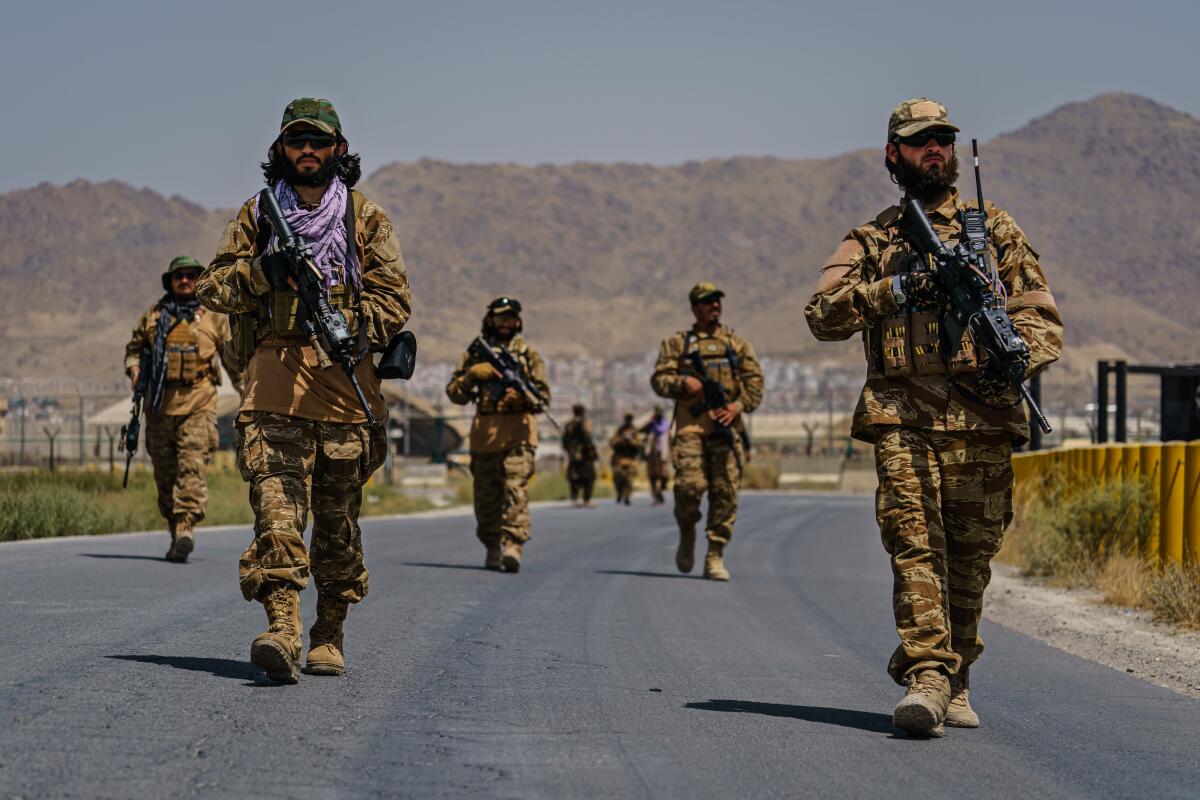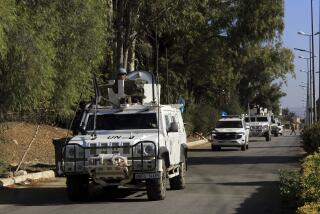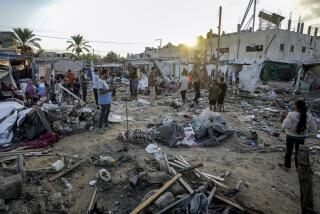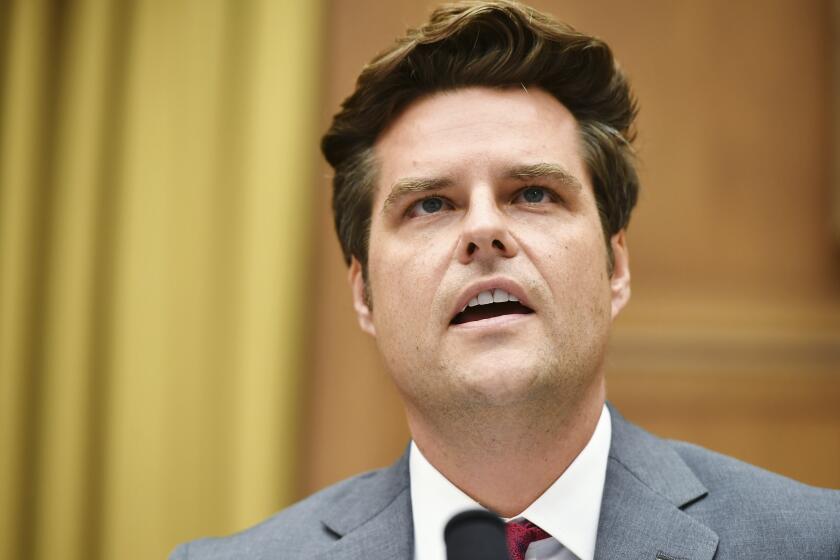Op-Ed: A U.N. peacekeeping mission could make all the difference in Afghanistan. Here’s why

On Monday, the United Nations Security Council is scheduled to consider options for how to respond to the failed Western-led counterinsurgency in Afghanistan. At the top of the list should be negotiating a large, multinational U.N. peace observation mission that is not led by the West.
Such a mission is in the interest of the U.S. and the U.N. — and the Taliban. Taliban leaders want international legitimacy and need international aid. They have made three key promises: to not engage in revenge attacks, to not allow Afghanistan to become a haven for terrorists, and to uphold the rights of women and minorities (“within the framework of Sharia law”).
The Taliban also wants all Western troops to leave the territory. Non-Western, multinational U.N. peace observers could verify to the world that the Taliban is keeping its promises. Such verification could, in turn, pave the way for normalizing relations.
The Taliban leadership is having trouble consolidating control over its own ranks. Moreover, an anti-Taliban civil war is brewing on many fronts. Multinational observers and mediators — primarily from China and Muslim-majority countries — can help the Taliban consolidate less radical control.
Peacekeeping observers could also help prevent civil war by shining a spotlight on actions that violate peace and security and by mediating to de-escalate tension in the region.
A large, multinational observer mission could be organized by the U.N.’s Department of Peace Operations. The U.N. already has a diplomatic presence, the U.N. Assistance Mission in Afghanistan, that coordinates the various United Nation agencies that continue to operate in Afghanistan. For example, the World Health Organization has staff in all 34 provinces and monitors 2,200 health facilities, most of which have remained open.
Since China shares a border with Afghanistan, and has direct national security interests in preserving peace there, it could serve in a leadership role. China already has an 8,000-strong peacekeeping standby brigade. Pakistan, which also borders Afghanistan, has served in leadership roles in U.N. peace operations for decades, and has thousands of well-trained observers.
As in most U.N. peace missions, troops should hail from dozens of countries, with no nation dominating, and patrol in mixed-nation units, in order to remain impartial.
The international community must learn from its past mistakes in Libya and Iraq, when the options presented were either large military interventions or doing nothing besides sending a few diplomats. Doing nothing sparked and fueled civil wars not only in Libya and Iraq, but also in neighboring countries.
The implosion of Libya sent weapons and extremists across the region, fueling conflict in many countries, with devastating effects in Mali, Nigeria and Syria. The absence of a peace operation after the withdrawal of U.S. forces from Iraq in 2011 led to the surprise surge of the Islamic State group and massive bloodshed in both Iraq and Syria.
U.N. peace operations present a middle ground for action between the extremes of military intervention and diplomacy. Peacekeeping also has a remarkably successful track record.
U.N. peace operations are arguably the most effective form of intervention. Dozens of studies have demonstrated that when U.N. peacekeepers are present, belligerents are less likely to attack civilians and more likely to put down their weapons. Peace agreements are also more likely to hold.
The U.N. has succeeded in implementing complex, state-building mandates in 11 out of 16 cases since the end of the Cold War — a 68% success rate. A monitoring mission in Afghanistan, however, would not include an ambitious, state-building mandate because the Taliban would never agree to it. Most current missions are more traditional, monitoring missions and have been in operation for decades. Since 1991, such missions have helped bring about peace and stability in Macedonia and in neighboring Tajikistan, for example.
Peacekeeping works according to a different logic from war-fighting. Because peacekeepers do not take sides, and do not try to fight their way to an ending, they must rely on other means of power: diplomatic persuasion, financial inducements, and coercive tactics short of offensive military operations, such as surveilling armed actors, reporting and defending civilians against attack.
In Cambodia, for example, 200,000 Vietnamese troops could not defeat the extreme, genocidal Khmer Rouge, but a large, lightly armed U.N. peacekeeping operation enabled Cambodians to choose a different path. Cambodia remains under authoritarian rule, but the extremists are no longer a threat.
Peace operations are not without risks; on average, approximately 100 peacekeepers die each year in service. If U.N. observers are invited as guests — deployed with consent, and promising impartiality — they stand a greater chance of acceptance and survival.
Not all successful monitoring missions are conducted by the U.N. In Ukraine, for example, 1,300 unarmed Organization for Security and Cooperation in Europe monitors from 44 different countries report daily in English, Russian and Ukrainian on conflict-related events. As a result, the war in Ukraine has one of the lowest death counts among current civil wars.
Asking China to take the lead in a U.N. peace operation can be viewed in some American foreign policy circles as a painful symbolic and geostrategic turn of events. But in weighing the likelihood of tremendous bloodshed on the horizon versus supporting China acting through the U.N. to prevent violent conflict, the choice is clear. If China is willing to step up, it must be supported.
History shows that peacekeeping missions are effective at preventing conflict, protecting civilians, and maintaining peace and security. Afghanistan, and the world, need such a mission right now.
Lise M. Howard is professor of government and foreign service at Georgetown University and president of the Academic Council on the United Nations System.
More to Read
A cure for the common opinion
Get thought-provoking perspectives with our weekly newsletter.
You may occasionally receive promotional content from the Los Angeles Times.










